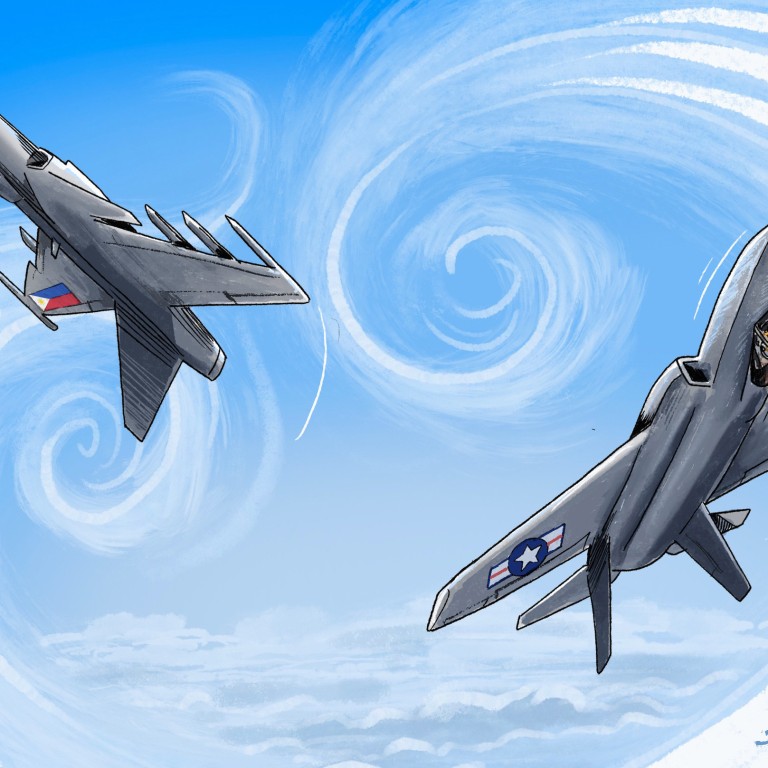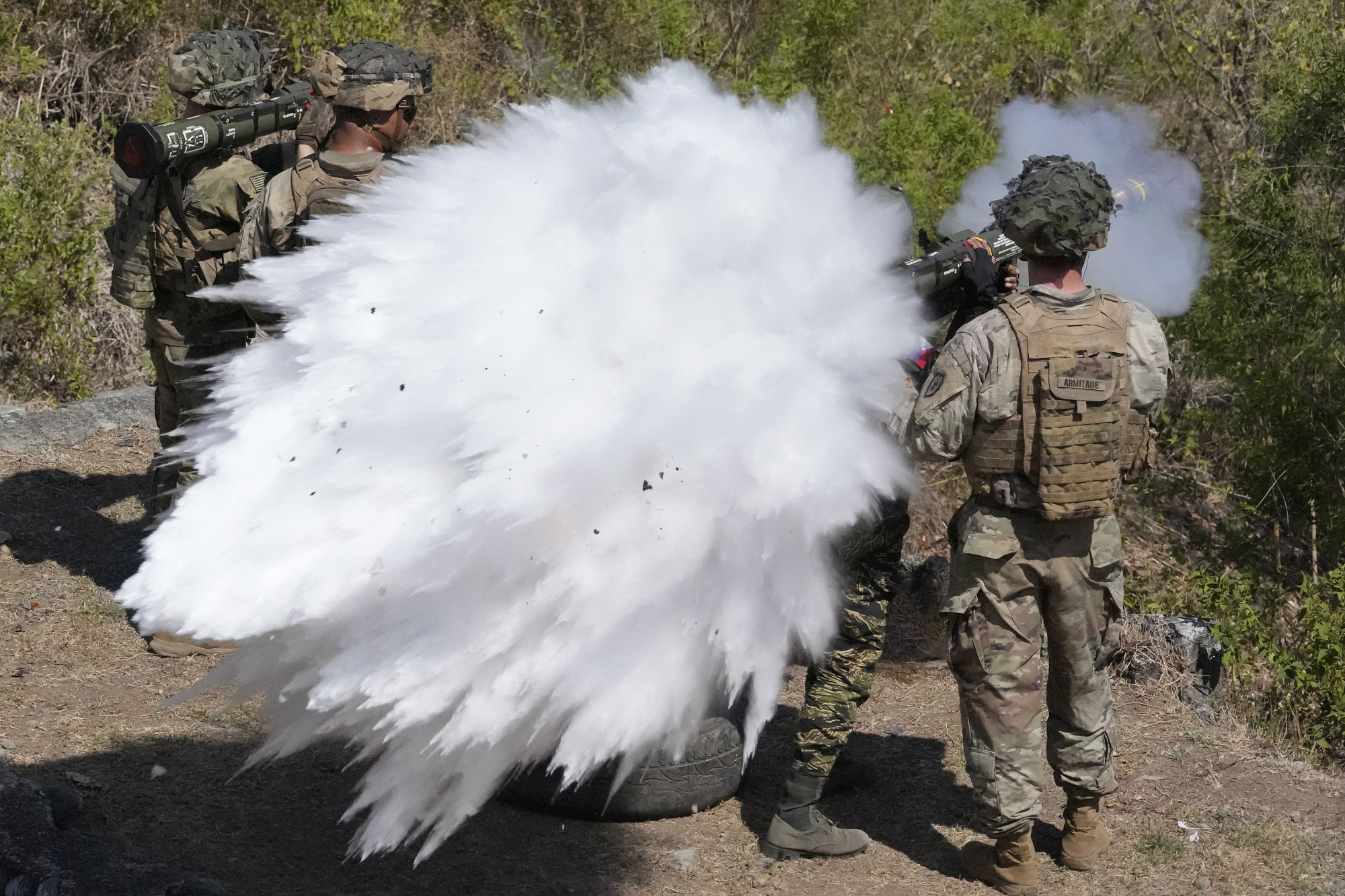
US-Philippines defence cooperation hits turbulence amid domestic opposition
- While the Marcos administration continues to push for closer defence ties with Washington, a domestic coalition has risen up in anger over the president’s plans
- Members of the Filipino-Chinese business community, former president Rodrigo Duterte and even Marcos’ sister are collectively resisting a fully fledged alignment with the US against China
“Gentlemen, what is our fight with Taiwan? What’s our fight with Taiwan? I don’t understand,” Senator Maria Imelda “Imee” Marcos, chair of the Philippine Senate’s foreign affairs committee, asked during a high-profile hearing last month.
“Why are we doing all the military exercises in Luzon a stone’s throw … away from Taiwan?” she asked during exchanges with top Philippine defence officials serving under her younger brother, President Ferdinand “Bongbong” Marcos Jnr.
A coalition of figures from across the political spectrum, including Imee Marcos, former president Rodrigo Duterte and nationalist groups are collectively resisting a fully fledged alignment with the US against China.
However, the EDCA immediately faced major hurdles. First, there was a challenge on its constitutionality at the Philippine Supreme Court amid concerns over violating legal prohibitions against establishing permanent foreign bases in the country. Not long after the Philippine top court cleared the agreement, Duterte – a Beijing-friendly local official – was elected president.
His successor’s decision to fully implement and even expand the parameters of the agreement has provoked outrage among a coalition which includes Duterte and members of the Filipino-Chinese business community. Despite his supposed retirement from politics, Duterte has been vocal against the agreement, recently warning, “China is not our enemy. But we will [end up] fighting China if China tries to take Taiwan and America defends Taiwan and there is going to be war.”
US-Philippines bases deal seen as reaction to China’s actions in South China Sea
Duterte and Imee Marcos have created space for others to pitch in. In recent months, governors of the northern Cagayan and Isabela provinces have opposed the EDCA expansion, warning of unwanted confrontation with and loss of investment from China.

Moreover, the recently announced list of new bases under the EDCA does not include two highly prized bases on Mavulis and Fuga islands. The bases are about 100 nautical miles from Taiwan’s shores.
The Pentagon also recently said the two sides had yet to agree on the number of US troops to gain rotational access to designated bases under the EDCA. As the host nation, the Philippines has the prerogative to determine the nature, location and size of military drills with US troops on its soil.
Thus, the Marcos administration can hedge by recalibrating defence cooperation with Washington depending on the trajectory of bilateral relations with China. Far from fully aligning with the US, the Philippines is leveraging the EDCA to enhance its own defence capabilities and pursue more equitable relations with China.
Richard Heydarian is a Manila-based academic and author of “Asia’s New Battlefield: US, China and the Struggle for Western Pacific”, and the forthcoming “Duterte’s Rise”


